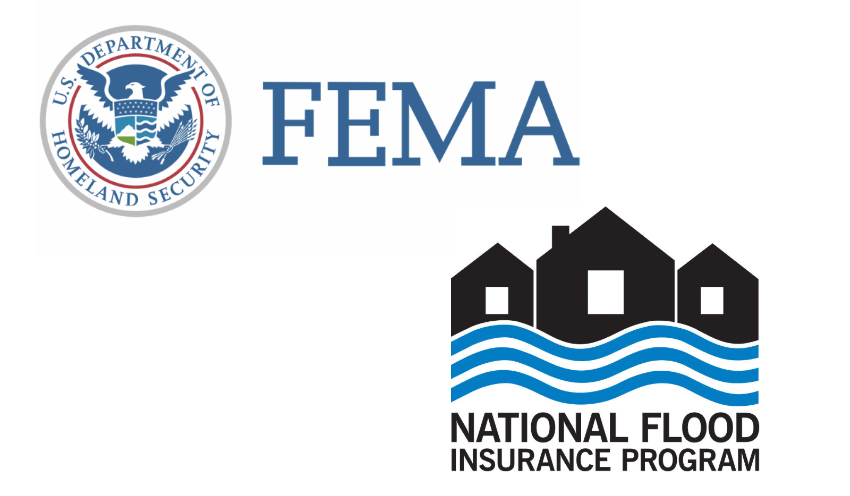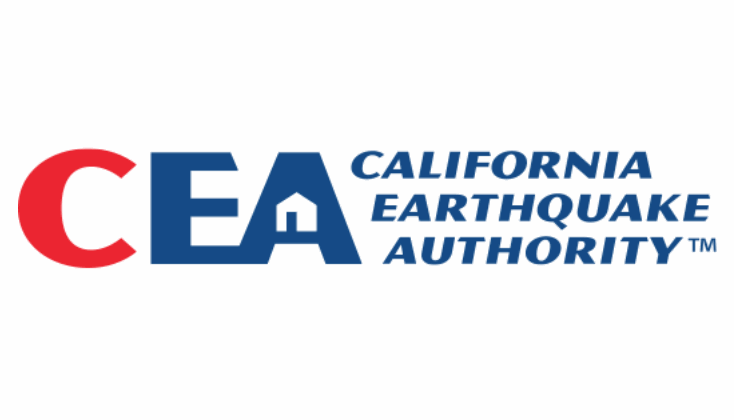FEMA has renewed the National Flood Insurance Program’s (NFIP) traditional reinsurance tower for 2025, securing 22% more in protection for this calendar year, at just over $757.8 million, from a broader panel of reinsurer counterparties.
 Notably, the 2025 renewal of the NFIP’s traditional reinsurance program was backed by 27 private reinsurance companies, where as last year’s smaller $619.5 million renewal for 2024 was backed by only 18 reinsurers.
Notably, the 2025 renewal of the NFIP’s traditional reinsurance program was backed by 27 private reinsurance companies, where as last year’s smaller $619.5 million renewal for 2024 was backed by only 18 reinsurers.
“In addition to announcing this year’s traditional renewal, I’m also pleased to share that the NFIP has increased its reinsurer participation in the program,” commented Elizabeth Asche, Ph.D., FEMA’s Assistant Administrator for Federal Insurance, and senior executive of the National Flood Insurance Program.
“We now have 27 reinsurers, up from 18 last year, strengthening FEMA’s commitment to use private sector reinsurance to enhance the NFIP’s ability to pay flood insurance claims.”
This expansion of the NFIP’s reinsurance panel is even more notable when considered in the context of rising flood insurance claims from 2024 hurricanes, which as we reported this week had lifted FEMA’s NFIP loss estimate for hurricane Helene to $6.75 billion, just below the $7 billion traditional reinsurance attachment for 2024.
The $757.835 million of traditional reinsurance secured for calendar year 2025 is costing FEMA total premium of $139.9 million.
That compares to the $121.1 million paid for $619.5 million last year.
The 2025 reinsurance tower will provide FEMA with cover for NFIP flood insurance losses, at a rate of 12.0334% of losses between $7 billion and $9 billion and 25.8584% of losses between $9 billion and $11 billion.
Alongside three catastrophe bonds from the FloodSmart Re series of deals, FEMA will go through the 2025 calendar year with $2.058 billion of risk transfer and reinsurance protection against major flood loss events, remembering that the catastrophe bond component only covers named storm related flood losses.
FEMA still has $1.3 billion in catastrophe bond backed reinsurance outstanding, from cat bonds issued since 2022, so the capital markets continue to the the NFIP’s largest provider of flood reinsurance protection.
It’s likely the flood insurance program’s rising losses from hurricane Helene will have played into this year’s negotiations for the reinsurance renewal for the NFIP and this is the latest the information has emerged, suggesting perhaps a slightly delayed renewal conclusion for the U.S. Federal Emergency Management Agency (FEMA).
However, the broad support achieved, from a larger panel of reinsurance counterparts, is a very positive signal for FEMA’s future ability to build-out the flood reinsurance tower.
As in prior year’s, Guy Carpenter was the reinsurance broker assisting FEMA with its traditional reinsurance purchase for 2025.
Looking back, prior to 2024’s reinsurance renewal of a $619.5 million tower, the NFIP reinsurance tower had shrank dramatically to just $502.5 million in size in 2023, in response to the hard and challenging reinsurance renewal market conditions.
Which was a more than 50% reduction on the prior year’s $1.064 billion of flood reinsurance secured for the 2022 calendar year.
In years before that, FEMA had renewed its traditional reinsurance program with $1.33 billion of flood reinsurance at the January 2020 renewals, and in January 2019 renewed a $1.32 billion traditional reinsurance placement.
The first full placement of the NFIP reinsurance tower was in 2018, when FEMA secured $1.024 billion of traditional reinsurance.





















 English (US) ·
English (US) ·